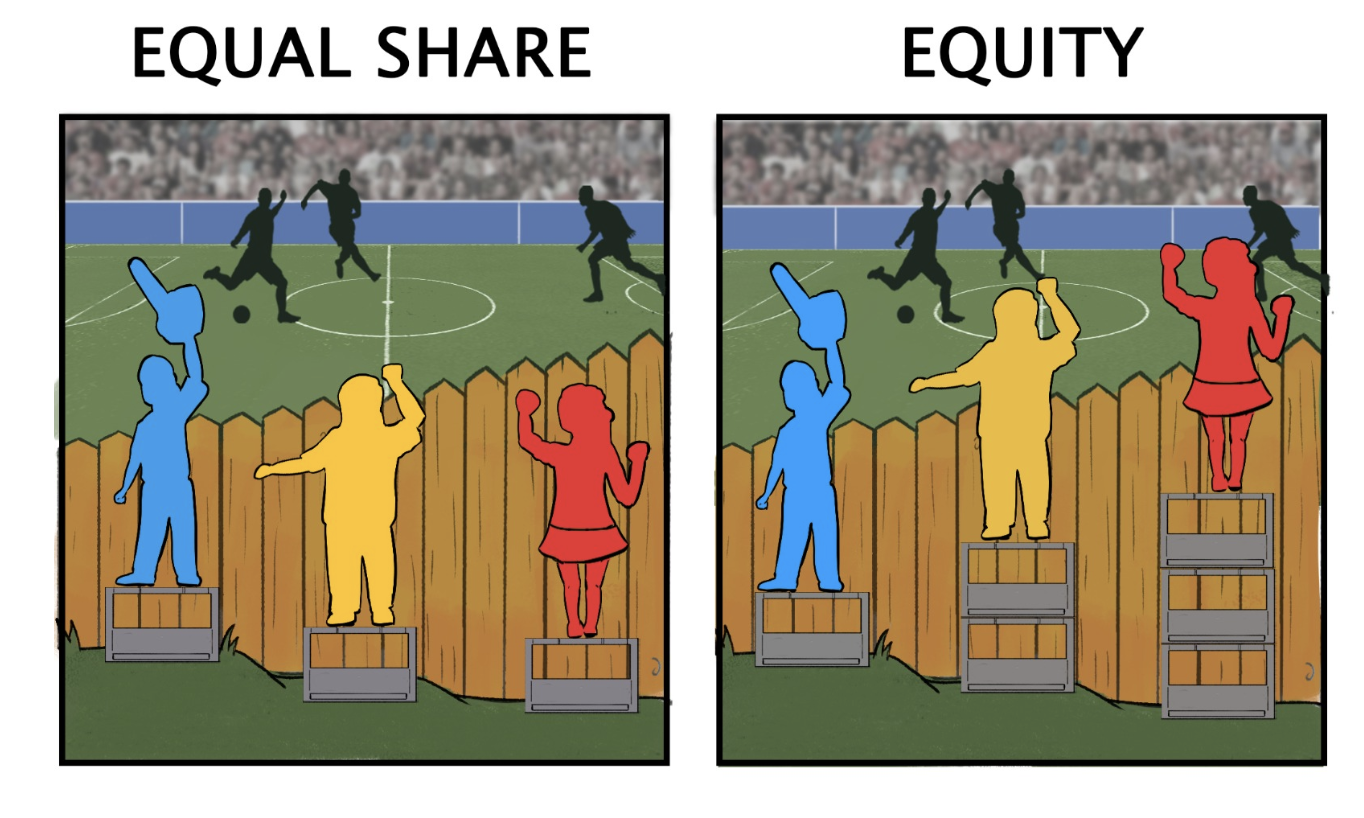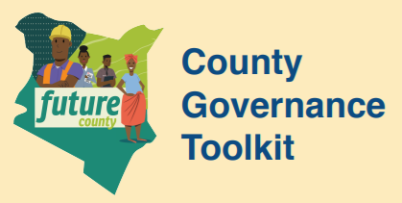Cross-cutting issues are topics that are identified as important and that affect and cut across most or all aspects of development. These topics should therefore be integrated and mainstreamed throughout all stages of development from policy design, to implementation, evaluation and learning.
To mainstream an issue means to adopt that lens throughout the whole process. For example, what are the gender dimensions of a given problem – does it affect men and women differently? If so, is the policy and/or programme designed to address it taking those gender differences into account? Finally, when looking back at our actions, were our activities effective at contributing to greater gender balance?
Mainstreaming cross cutting issues requires political leadership and institutional commitment. Critical enabling factors are: supportive policy frameworks and strategies; the commitment of necessary financial and human resources; performance incentives and accountability; and a learning culture. In fact, the process of mainstreaming requires special attention, innovation, flexibility and adaptation; the progressive creation of new norms and standards as awareness is created and understanding is developed.
Presented here are some of the key cross-cutting issues that are critical for the sustainable development of counties; this list can be progressively expanded.
| EQUITY AND SOCIAL INCLUSION | GENDER | CLIMATE CHANGE | TRANSITION |
In a society as diverse as Kenya’s equity and social inclusion must be front and centre of any governance approach to ensure that everyone partakes in the development of a peaceful and prosperous country. These principles are embedded throughout the Constitution, from listing “equity, social justice, inclusiveness…non-discrimination and protection of the marginalised” among the national values and principles of governance (Art. 10), to the inclusion of “special provision for marginalised groups and areas” among the principles of public finance (Art. 201)
In fact, not only do some groups face lower barriers to access development and opportunities, they often also start from “higher ground”, from a vantage point. The “equal share” approach – in allocating resources to counties and across wards within a county – or the “business-as-usual” approach in hiring and appointing personnel approach that often results in favouritism and exclusion is against these principles.

Counties need deliberate policies to level the playing field and ensure that all residents have an active role in the development of a prosperous society. The Equalisation Fund is a fiscal transfer established by Constitution (Art 204) for this very purpose but all MDAs and County Governments should also adopt similar instruments and these principles of governance and public finance in their decision making and funding allocation.
Resources
Second policy and criteria for sharing revenue among marginalised areas, CRA, 2018
Gender mainstreaming (GM) is a public policy perspective and practice of always assessing and including the concerns, experiences and the different implications for people of different genders in any planned policy action, including legislation and programmes, in all areas and levels so that women and men benefit equally and inequality is not perpetuated (adapted from the United Nations Economic and Social Council (ECOSOC), July 1997).
The achievement of gender equality and empowering all women and girls is one of the Sustainable Development Goals (SDG 5).
Gender equality is entrenched in the Constitution of Kenya and is central to the national value and principles of governance. The Constitution stipulates that women and men have the right to equal treatment, including the right to equal opportunities in political, economic, cultural and social sphere. Principals of equality and non-discrimination are entrenched into the Constitution and across Kenyan legislation. The Constitution requires the State to take legislative and other measures, including affirmative action programmes and policies designed to redress any disadvantage suffered by individuals or groups because of past discrimination.
It is therefore a legal requirement that all County Governments, both County Assemblies and County Executives processes, make provisions to ensure the involvement both men and women and the consideration of their issues in all processes, decision-making, and in implementation, monitoring and review of all decisions and service delivery.
Why is it important in County Public Expenditure Management (PEM)?
Gender mainstreaming in public expenditure management (PEM) processes is important as it makes government activities more effective at promoting the development of counties. When deciding on policy and legislative actions or when formulating programmes that define how public resources will be allocated and managed in the delivery of public services, being aware of how things affect men and women differently is critical in improving decisions and – ultimately – the effectiveness of government and quality of life for the whole community.
People of different gender of different ages and social and economic status have different needs and priorities and unequal access to opportunities. Therefore, careful attention and consideration of these is necessary to ensure that the impact of decisions and actions is relevant and equitable; and does not result in unintended consequences that further gender inequality. Adopting the gender lens when making government decisions ensures that the different needs of all citizens, women, men, boys and girls can be addressed more equitably and effectively.
Mainstreaming gender in PEM entails:
- analysis to establish the differential needs, priorities and impact of existing policies and programmes on women and men to inform decisions.
- a systemic approach including establishing structures and processes to integrate gender considerations throughout the policy formulation, strategy, planning, budgeting, programming, implementation and reporting processes.
- the definition of gender disaggregated indicators to monitor, evaluate and review of policy, plans, budgets and programmes to ensure they achieve gender equality outcomes.
- participatory approaches ensuring wide ownership and involvement of both women and men across different age groups, socio-economic and cultural backgrounds and particularly from marginalized groups of society.
Gender Responsive Budgeting (GRB) is an example of embedding gender into a PEM process. The budget is a critical public policy implementing tool and including gender perspectives into budgets is important to ensure that public resources are spent effectively. GRB is the process of integrating gender perspectives into all steps of the budget process from the formulation, approval, execution/implementation and review and audit — to ensure that gender considerations are mainstreamed budget policies and actions related to both expenditure and revenue.
The process involves a range of activities including:
- the analysis of the budget from a gender perspective to determine the differential impact on women and men;
- establishing strategy, structures and processes to systematically embed gender within all budgetary processes;
- formulating or reformulating budgetary policies and programmes;
- establishing indicators to monitor and evaluate budget execution; and
- the review of budgetary policy related to revenue and expenditure to ensure they achieve gender equality outcomes.
Resources
Sessional Paper No. 02 of 2019 on National Policy on Gender and Development. Ministry of Public Service, Youth and Gender. October 2019.
National Gender and Equality Commission (NGEC)
Guidelines for gender responsive budgeting in Kenya. National Gender and Equality Commission (NGEC). 2014.
Gender responsive budgeting and its application in planning in Kenya. Society for International Development. 2012
A guide to mainstreaming gender in the agricultural sector. Ministry of Agriculture and Ministry of Livestock Development. 2010
Gender responsive budgeting in practice – A training manual. UNIFEM, UNFPA 2008
Climate change is making the weather – and its impact on our environment – more extreme. Dry seasons are more likely to turn into severe droughts, rains intensify causing floods and mudslides, crops are exposed to stronger plagues. Development and livelihoods are inextricably linked to the environment. Governments and local authorities with responsibility for national and local development need to promote sustainable management of natural resources and adaptation to the effects of climate change on the environment.
Climate change adaptation (CCA) refers to efforts aimed at reducing effects and risks and harnessing opportunities that may arise as a result of climate change. Taking action to combat climate change and its impact is one of the Sustainable Development Goals (Goal 13) and this urgency has been captured in national legislation with the Climate Change Act, 2016 .
Mainstreaming CCA requires a cross-cutting approach to integrate considerations across all governance and public expenditure management processes from policy and planning, to resource allocation and use, delivery of services, monitoring and review. This is necessary to realise and sustain development outcomes and the environment.
What does mainstreaming CCA entail?
As with other cross-cutting issues, mainstreaming climate change adaptation into public expenditure management entails a systemic approach in which every step and process is looked at through the lens of climate change. For every sector – from infrastructure to agriculture, from housing to water – governments need to assess the challenges and opportunities brought by climate change and take that into consideration when making decisions. It entails the adoption of an iterative, inclusive and multi-layered process of analysis of the impact of climate change and of the effectiveness of solutions put forward to adapt to the changing environment across all levels of government and all sectors.
Mainstreaming CCA requires political leadership and broad commitment, as well as the engagement of local actors and stakeholders. It involves:
- Assessments and analysis: Scientific, social, cultural, economic and political assessments and analysis to understand current and future vulnerability and risks, identify options, opportunities and capacity for adaptation across all sectors.
- Mapping and review of local county-level policy, institutional and organisational context and stakeholders relevant for climate change adaptation.
- Development of strategies and adaptation of processes to systematically integrate climate change adaptation considerations into development planning, resource allocation, programming and project design, costing and implementation, monitoring, evaluation, learning and review of actions.
- Awareness-raising, sensitization and engaging stakeholders and citizens is critical and necessary for effective collection action.
- Continuous strengthening of capacities of all actors and stakeholders, at all levels across all sectors for effective adaptation, risk mitigation and harnessing of opportunities.
Resources
Kenya National Adaptation Plan 2015-2030. Enhanced climate resilience towards the attainment of Vision 2030 and beyond Ministry of Environment and Natural Resources. July 2016.
Adapting to climate variability and change. A guidance manual for development planning. USAID. August 2007
Screening tools and guidelines to mainstream climate change adaptation – Stocktaking report. UNDP. February 2010.
The flow and direction of public resources are substantially affected by transitions, resulting in inefficiencies and disruption in service delivery. This is particularly evident during elections and changes in leadership but also in the transition between fiscal years. The risk of diverting staff time and government resources away from their primary purpose of service delivery and towards political campaigning increases sharply in election years. Data from the Office of the Controller of Budget reports indicate a sharp drop in development spending during the most recent elections in 2017 – the first major transition since the establishment of county governments

Service delivery and project implementation slow down before and after the elections and when leadership changes happen some projects might be even abandoned before completion. Before the end of an administration term, but also towards the end of every fiscal year, counties often rush to issue contracts and purchase orders resulting in pending bills that engulf the beginning of the following fiscal year. Compounded by delays in fiscal transfers from the National Treasury the annual calendar is often reduced to around 10 months of implementation and an administration 5-year term ends up delivering 3 full years of implementation plus fractions of the first and last year. This issue of transition cuts across all sectors by disrupting cash flows and service delivery. It needs to be addressed by decoupling technical work and service delivery from political campaigning and by strengthening budget discipline and cash flows to ensure a steady and efficient availability of resources to sectors responsible for service delivery and implementation.
